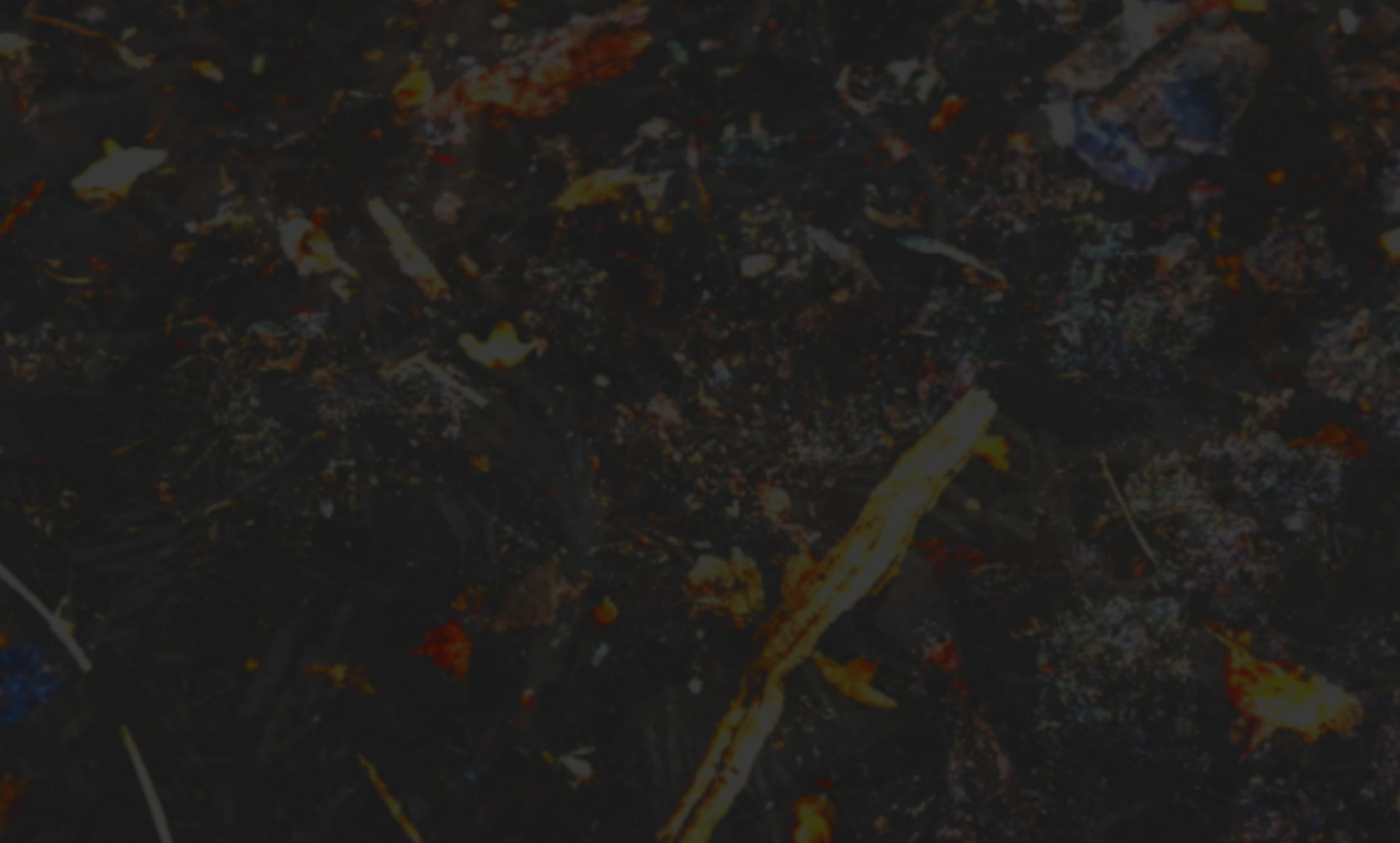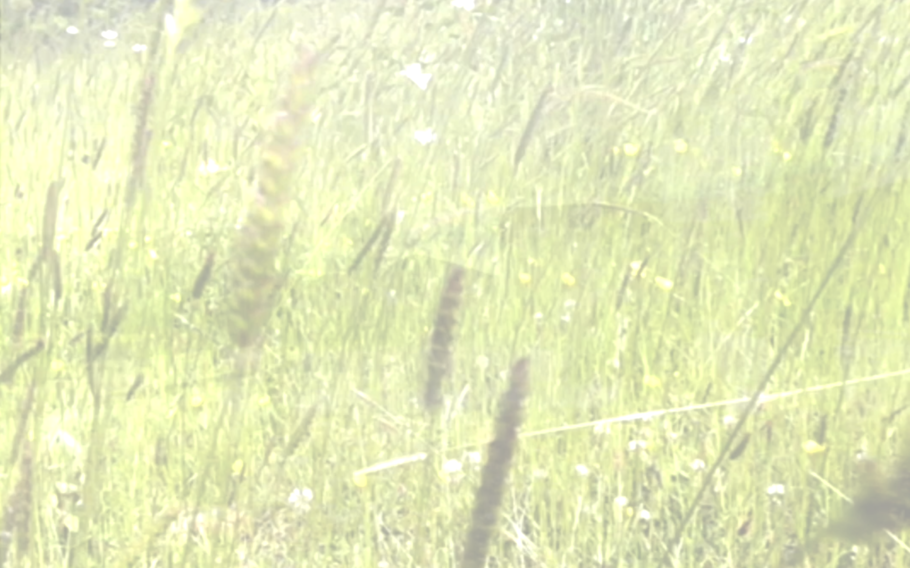Firstly, it is not necessarily the case that all city dwellers find value in green spaces in cities or feel that those spaces are accessible to them. Astell-Burt and Feng (2021) reflect, in their study of ‘Inequities in Green and Blue Space Access, Visitation and Felt Benefits’ in Australia, that many people 'may not have derived benefits from nearby green and/or blue spaces during the pandemic'. They add that 'This might reflect negative attitudes towards and avoidance of natural settings in general, possibly related to unfavourable prior experiences and/or dismay at the condition of those spaces’. They also found that ‘people with greater socioeconomic disadvantage, such as those experiencing financial difficulty, were less likely to visit green and blue spaces during the COVID-19 pandemic. Even when they did, they were less likely to derive benefits from those visits’ (p.18).
This is supported by research done by Gidlow and Ellis into neighbourhood green space in deprived urban communities, with a particular focus on a park in North Staffordshire, UK. Here, they found that ‘In deprived urban areas, residents often underuse the green spaces that are most accessible and convenient because of poor quality and safety concerns’ (p.990). This in turn links to Jorgensen and Tylecote’s identification of sites of wild urban nature in cities as ‘ambivalent landscapes’. An urban woodland, they claim, can simultaneously embody ‘numerous wholesome meanings’, while also feeling unsafe. This is because it may appear to be ‘lawless’, ‘disordered’ and ‘disfigured by the traces … crimes and incivilities leave behind in the form of dens, camps, fires, burnt out cars, fly tipping, collections of cans and bottles and evidence of drug abuse’ (2007, p.444). As a result and as Jorgensen and Tylecote discuss, ‘there is evidence that some people invest these environments with good and bad meanings simultaneously’ (p.444) and it is this complex state of ambivalence, arising from my encounters with wild nature in the city that I wanted to explore through creative practices.
During and in the wake of COVID19 lockdowns, a fairly simple story was told about green spaces in cities and their value to local residents, particularly those without outdoor spaces of their own. Instructions to remain at home, except for a designated and time-bound slot for exercise, revealed stark inequalities between those with private outdoor spaces and those that were entirely dependent on that slot for any time outdoors, including being in and encountering natural, green spaces. In this context, there was a lot of research and more general commentary about how much more people were valuing and using green spaces in cities.
As Maury-Mora et al. (2022) point out, ‘currently, 55% of the world’s population live in cities’ and ‘it’s expected for this number to increase to 68% by 2050 (United Nations, Department of Economic and Social Affairs, and Population Division., 2019) (p.1). It is this increased urbanisation of the world’s population which makes conversations about the ‘live-ability’ of cities so significant, with the provision of green spaces for exercise and relaxation seen as being vital to this and to the wellbeing of city dwellers. As Maury-Mora et. al point out, from their study of the use of urban green spaces in Madrid during COVID lockdowns, ‘those who interacted with green spaces in a daily manner managed stress levels better than people who didn’t’ (p.1). In a broader sense, they claim that ‘There is an important generalization and association between green spaces and mental health: people are happier, healthier and enjoy greater longevity in spaces with nature’ (p.2).
This argument that spending time in natural, green spaces has benefits for humans’ physical and mental health is supported by numerous studies. As Astell-Burt and Feng (2021) state, ‘many health benefits of contact with natural settings are increasingly recognised and evidence-based’ (p.2). It is certainly not the intention of this research to deny these findings and, as referenced above, the project works from a position of valuing wild nature in cities. However, there is something about the felt embodied experiences of meeting wild nature in the city explored here that complicate any singular and simple stories about the relationship between humans, and natural spaces and lives, in the city.
In a departure from perspectives that focus primarily on the benefits that humans may gain from being in and encountering wild nature in city spaces, this research is interested in centring more-than-human lives and experiences. In doing so, I contend with the ways in which many studies of the benefits of green spaces ‘operationalize nature’, which in turn ‘speaks to deep issues related to the Western-World's dominant perspectives on the planet’ (Gallegos-Riofro et al. 2022). As Gallegos-Riofro go on to say, ‘research in this field overwhelmingly considers nature as a therapeutic alternative: “nature doses” are health interventions, wilderness is a therapy, and “Vitamin G" (greenspace) is a “substance” humans need’ (p.9). Rather than viewing nature as a substance that humans need, the creative practice aims to occupy the complex and sometimes fraught multispecies relations that are surfaced through encounters with wild nature in the city. Rather than seeing such relations as transactional in terms of the benefits that humans extract from being in urban nature, it rather aims to open up ideas and offer attention to the lives, presences and needs of the more-than-human interlocutors.
Finally, as referenced above, this research is particularly invested in exploring wild nature in the city, rather than engaging with the generic notions of ‘green space’ that are often referenced in the studies above. In the encounters and creative responses, I am interested in what Zoe Myers (2020) calls ‘an assemblage of non-curated, independent, living elements with which you interact and engage’ (p.vi). Engaging with wild nature in the city is an experience that is ‘hybrid and entangled’ (p.49) making this engagement an interaction, rather than transactional (nature ‘provides’ us something)’ (p.13). This in turn links this research, in its intentions and methods, to multi-species studies, as I explore in the following section.

